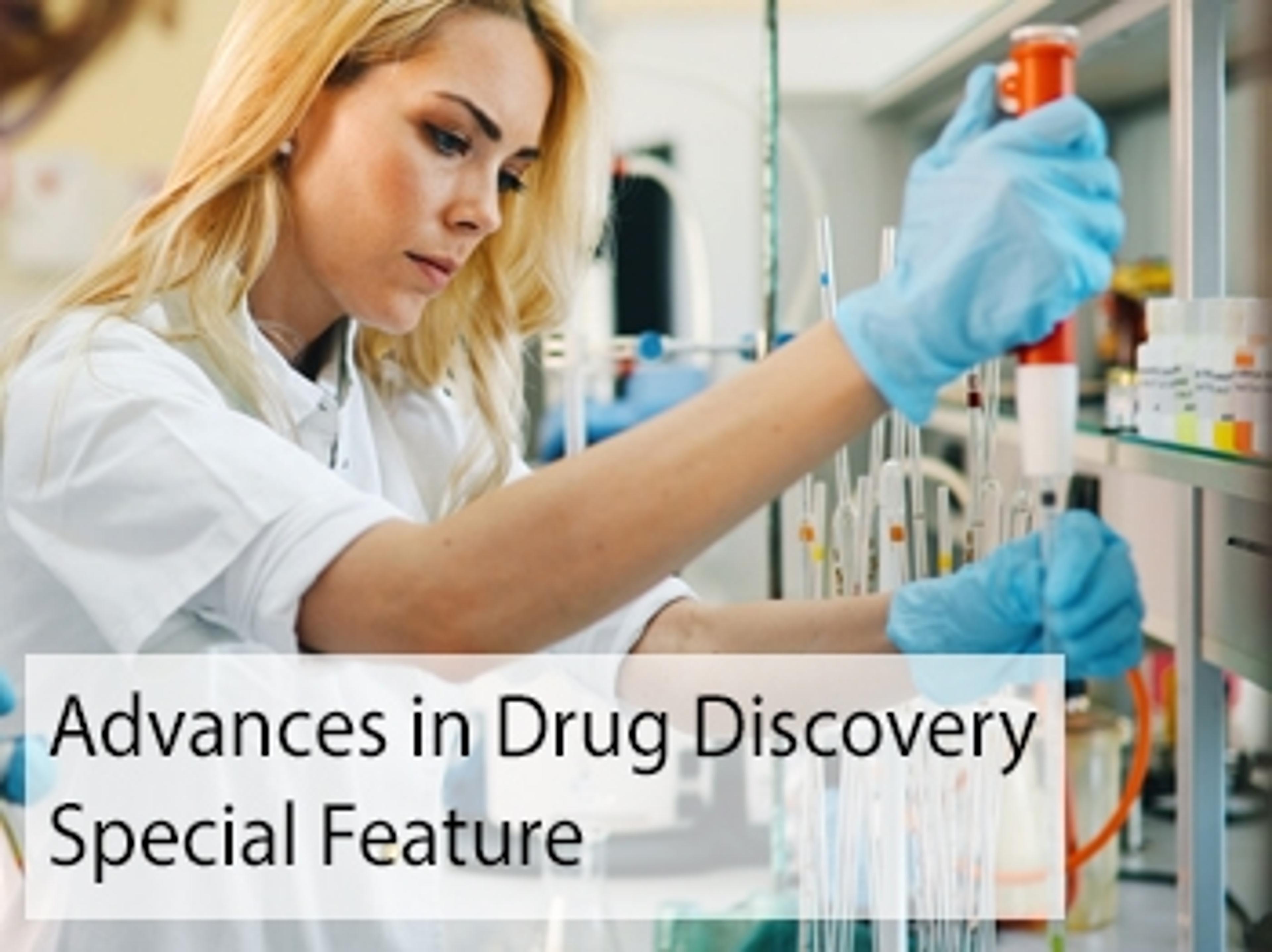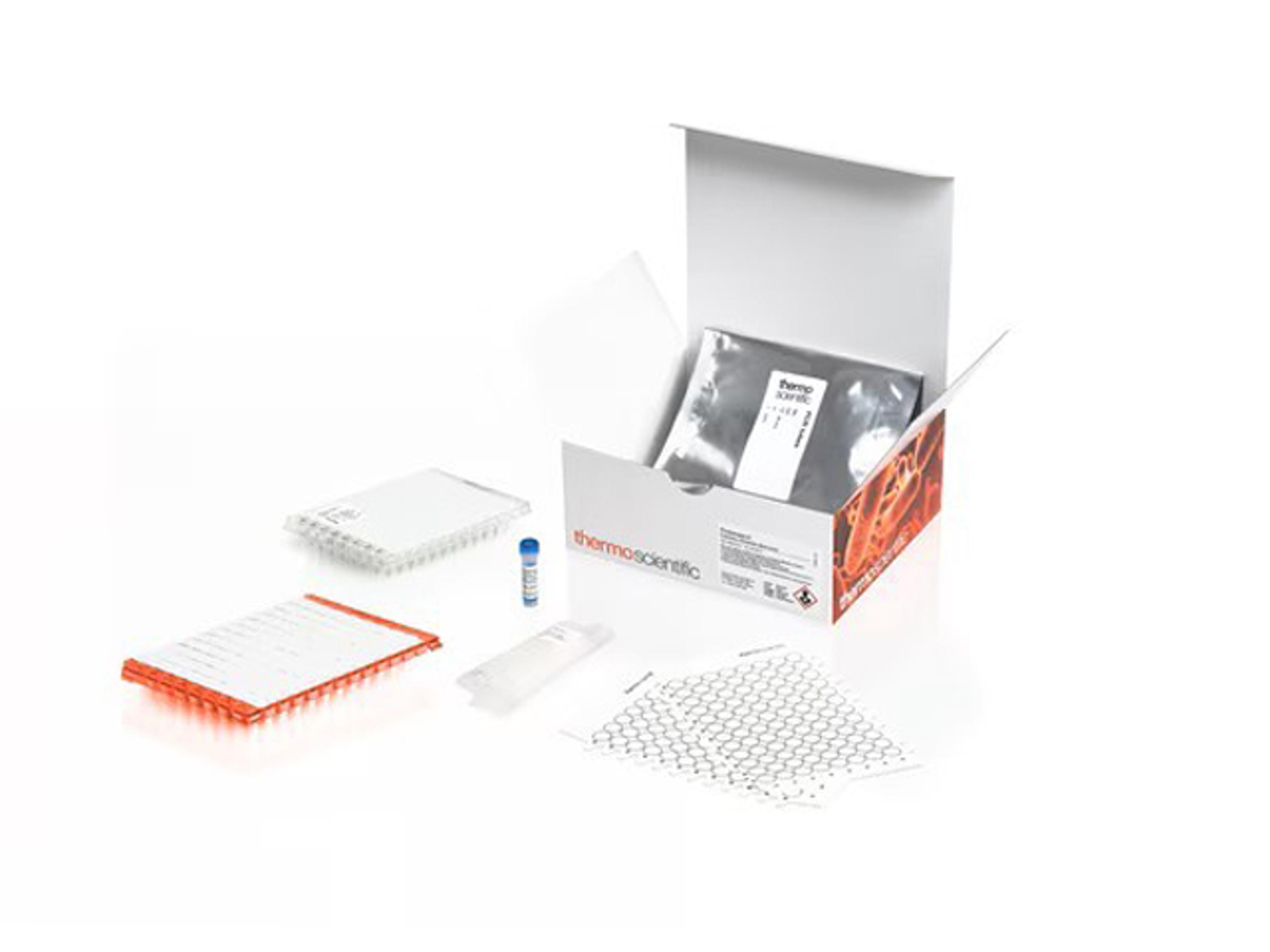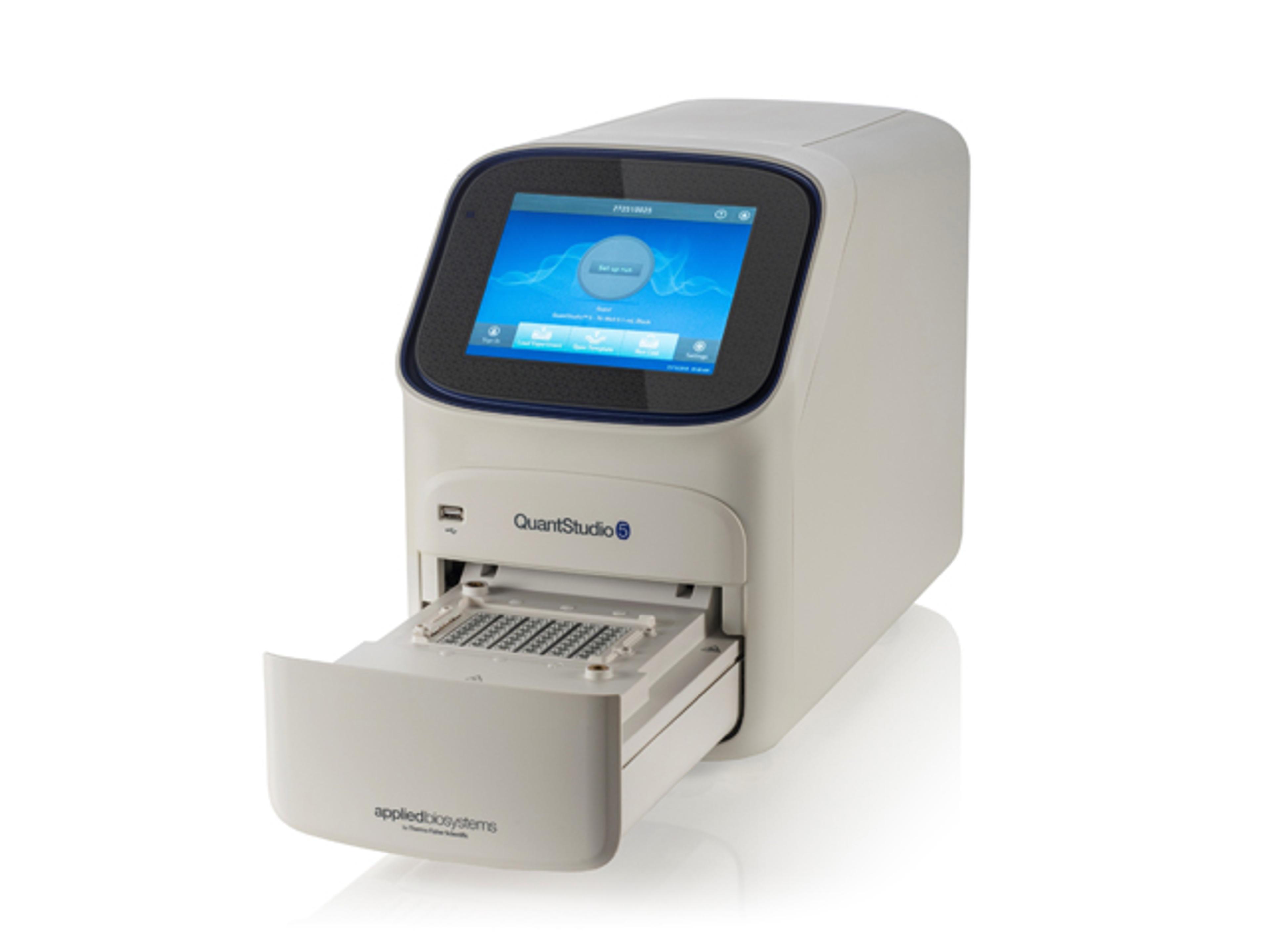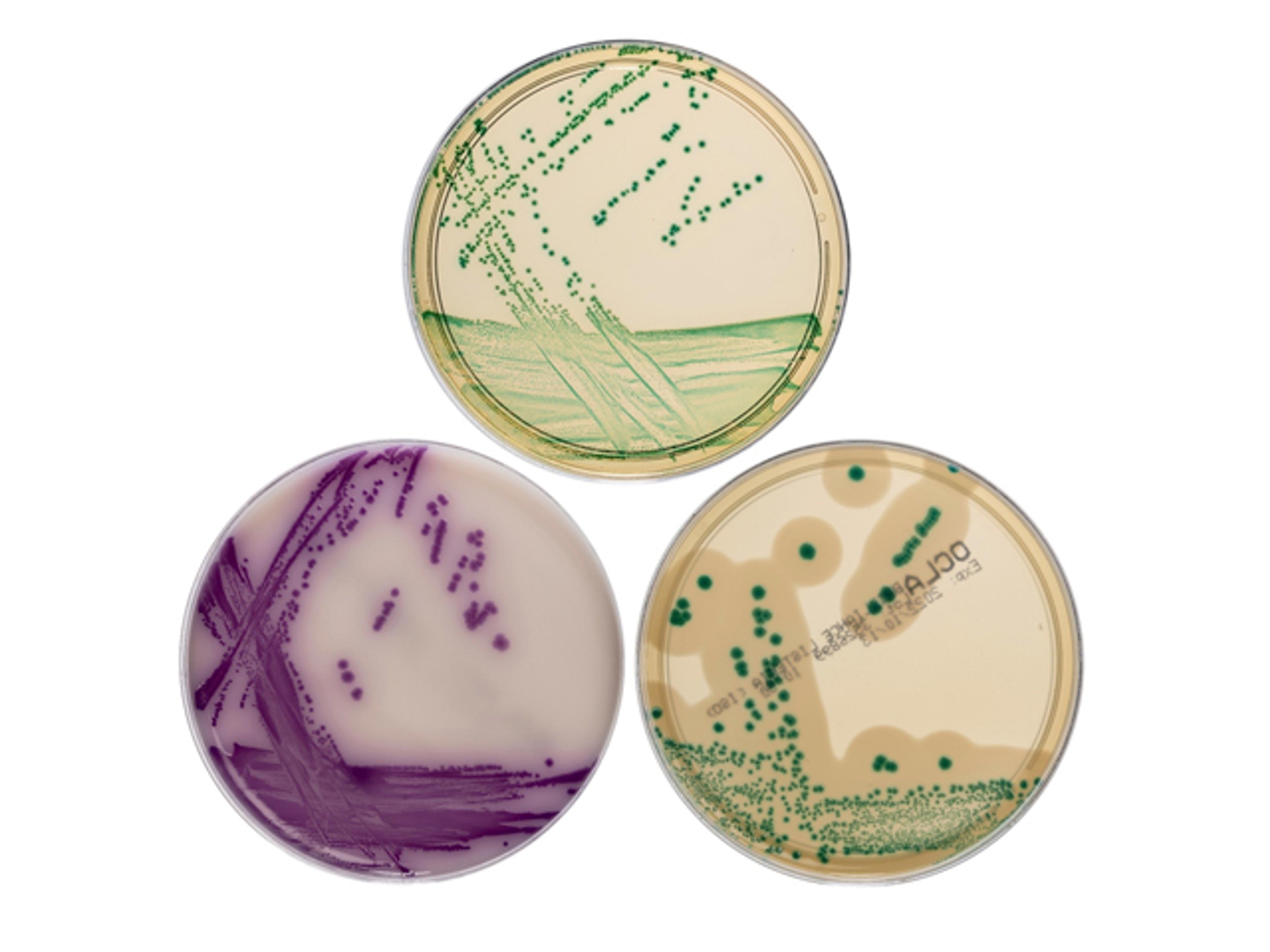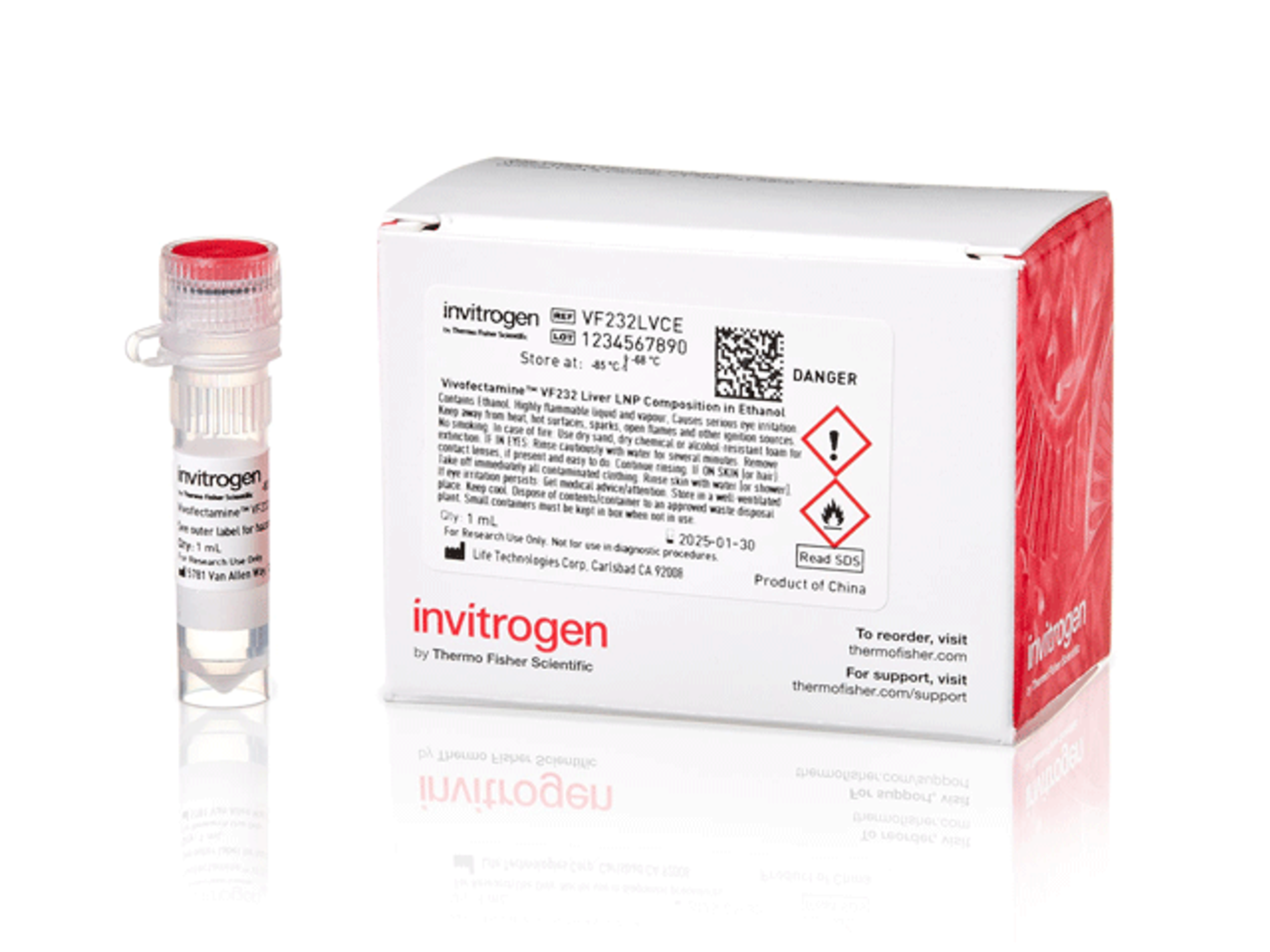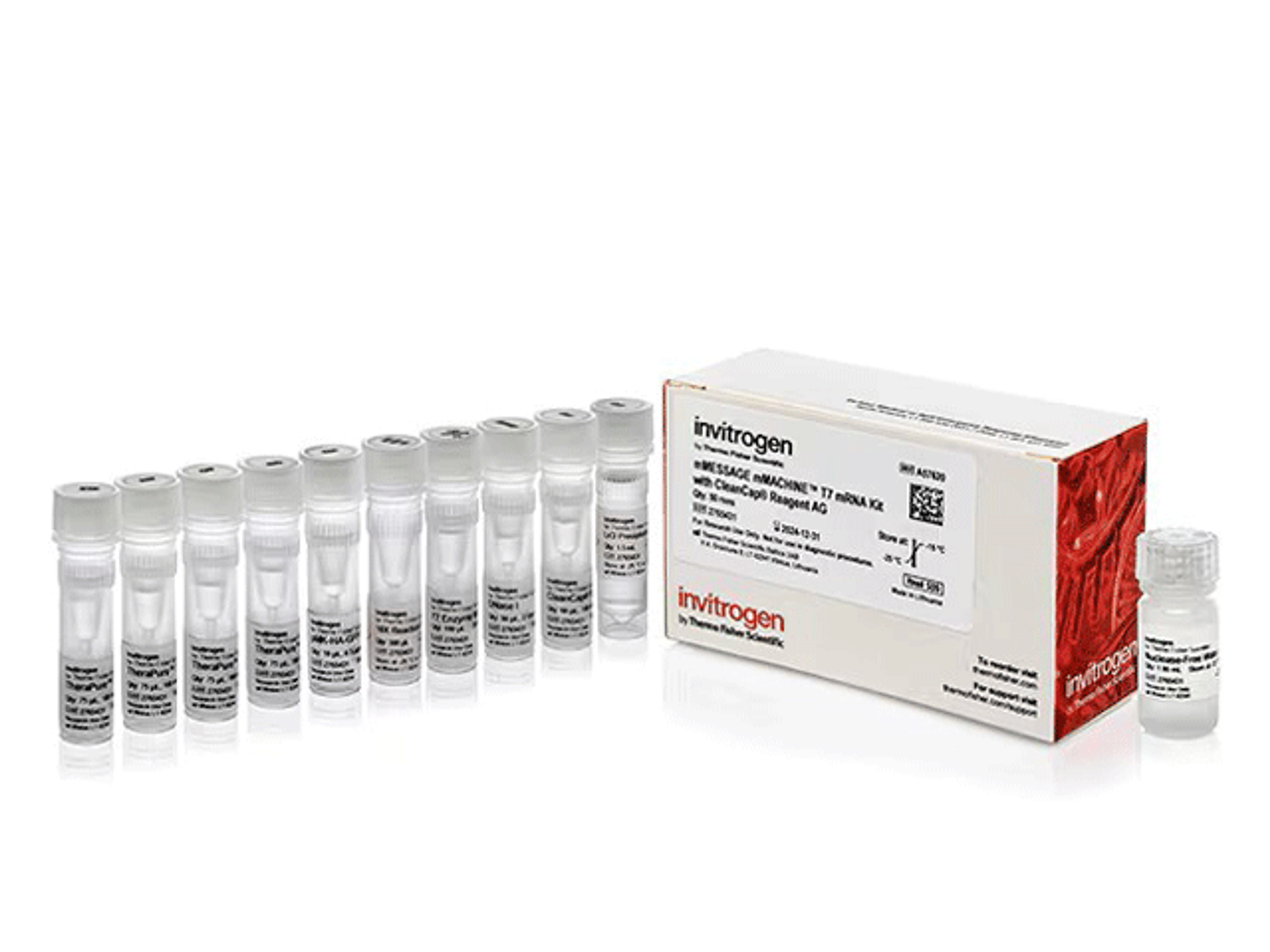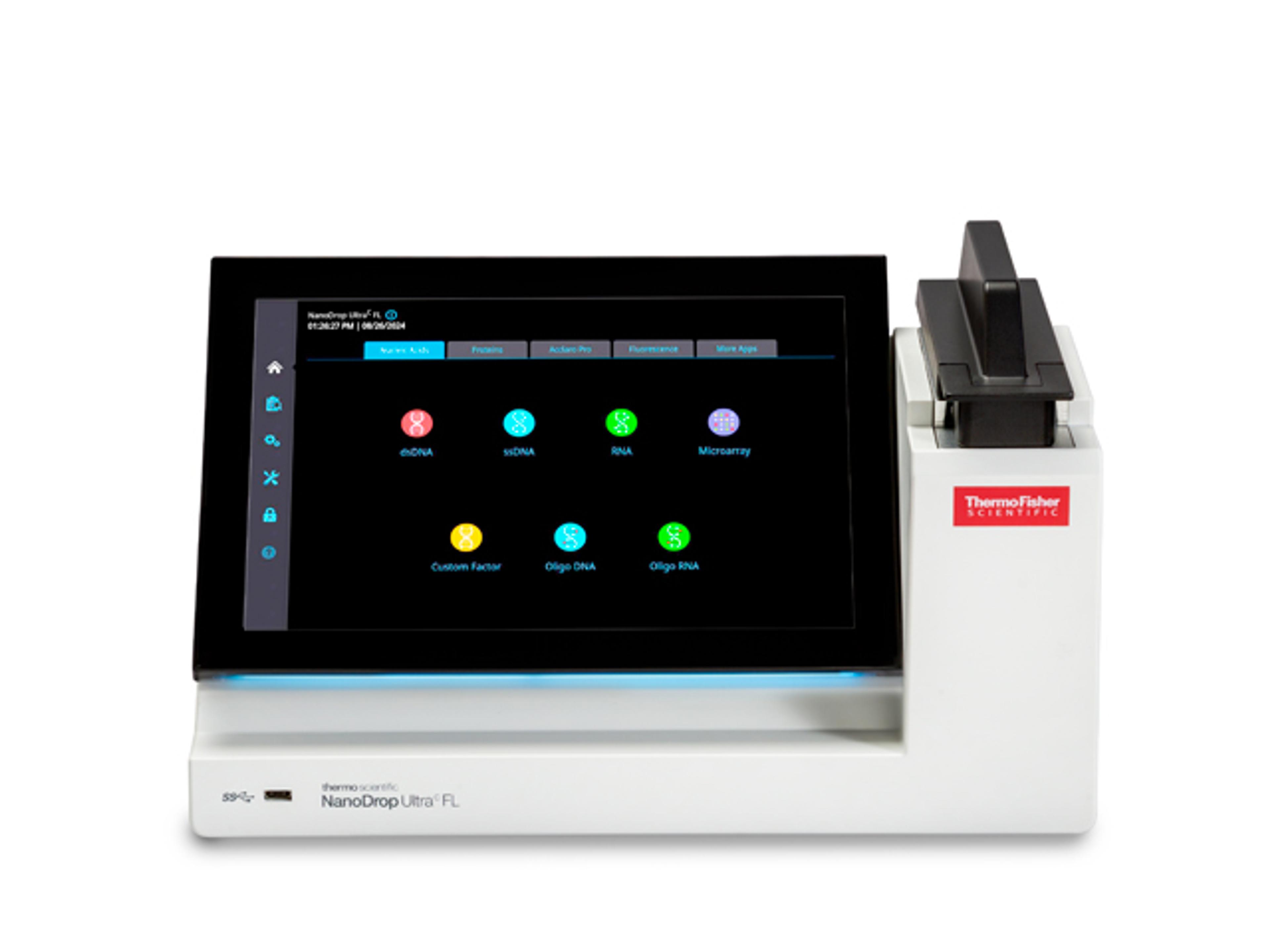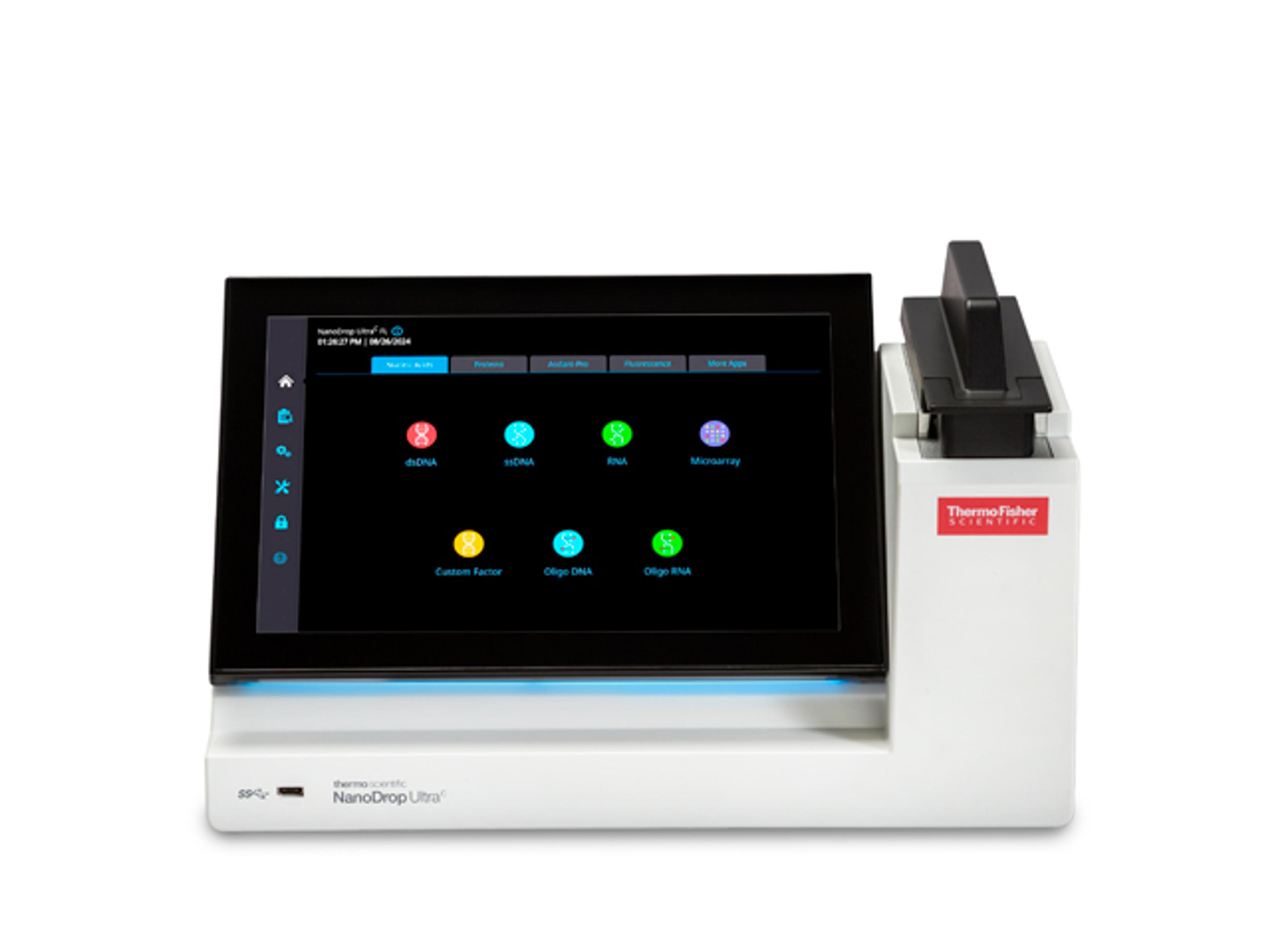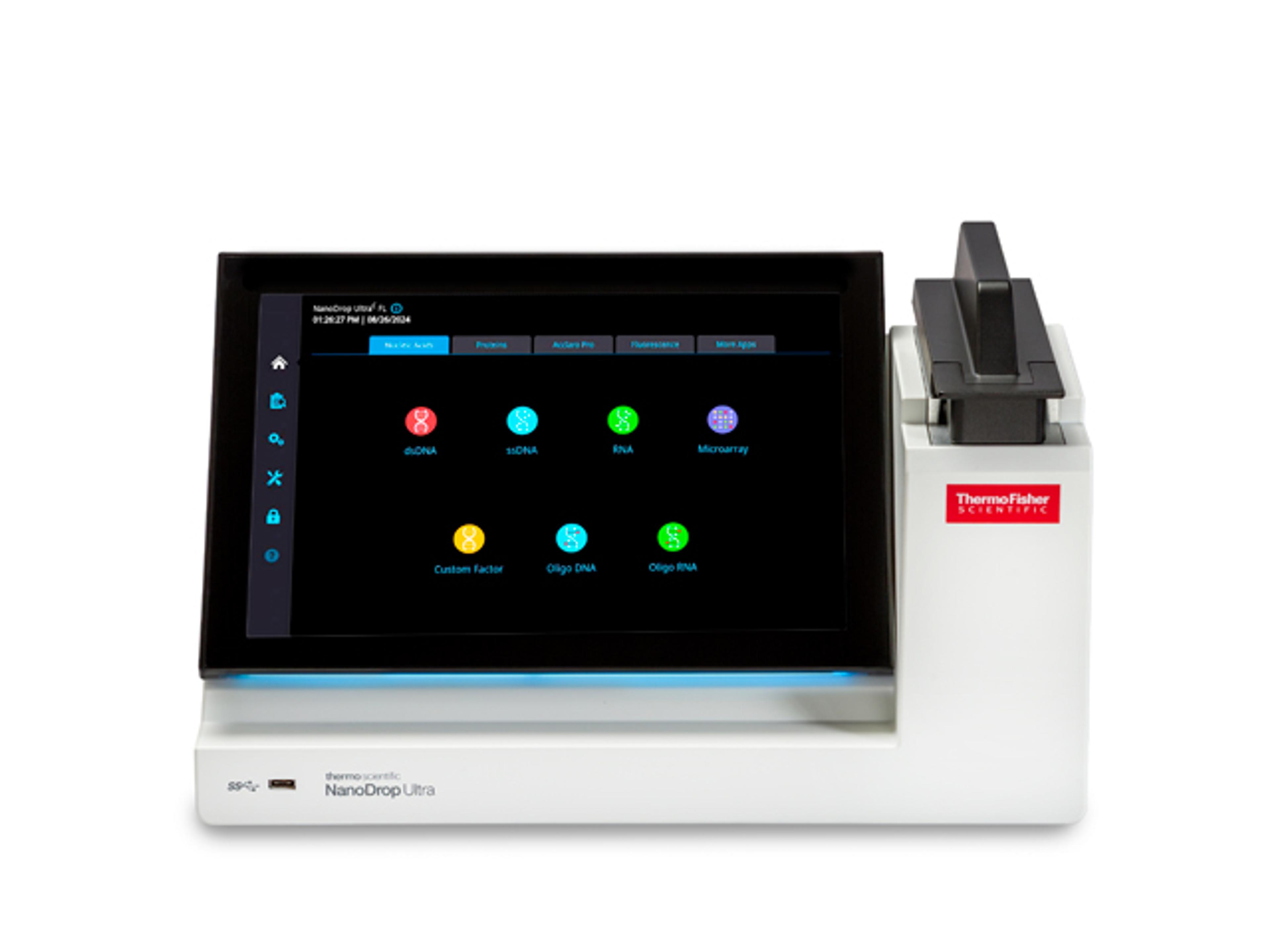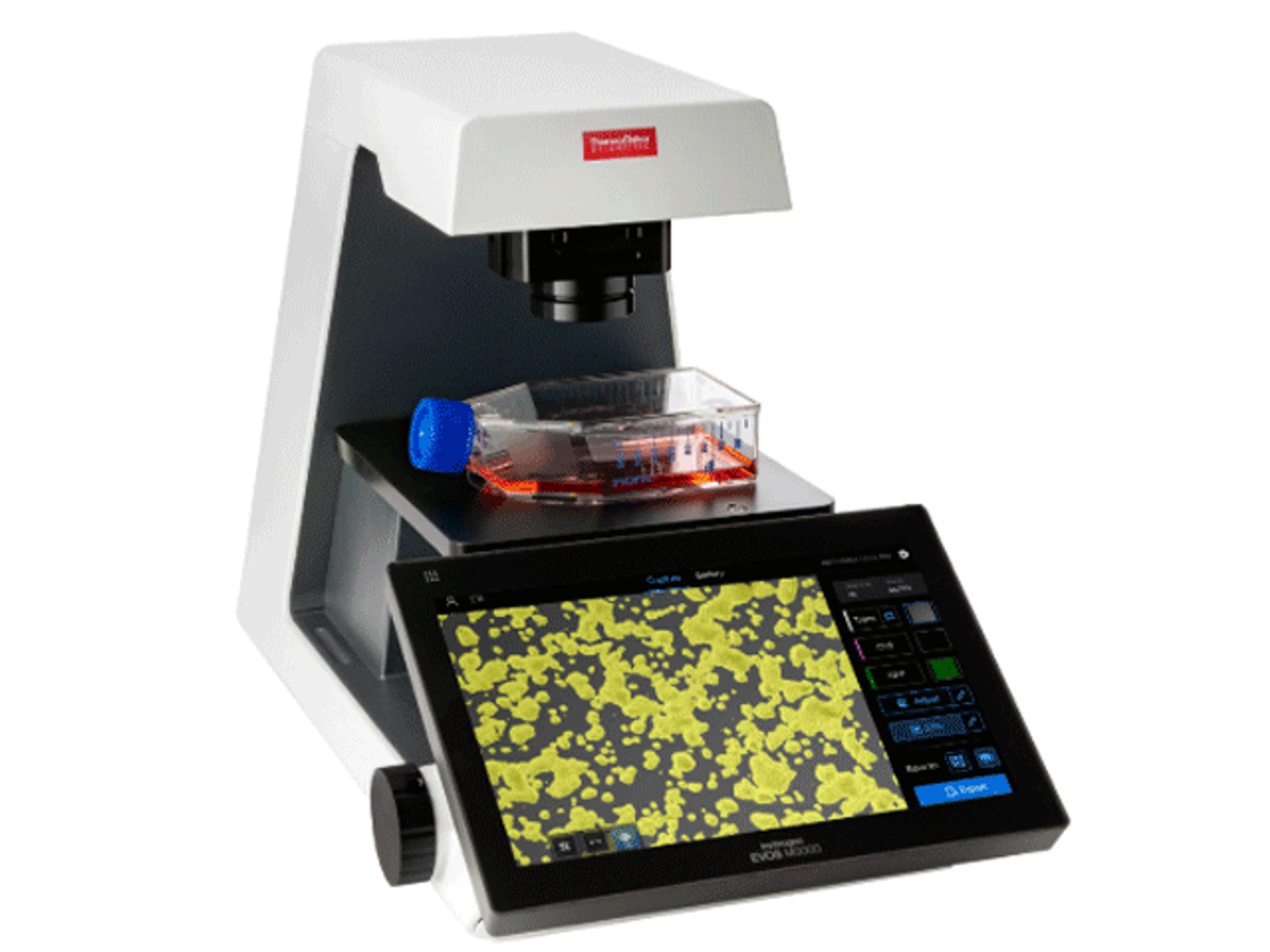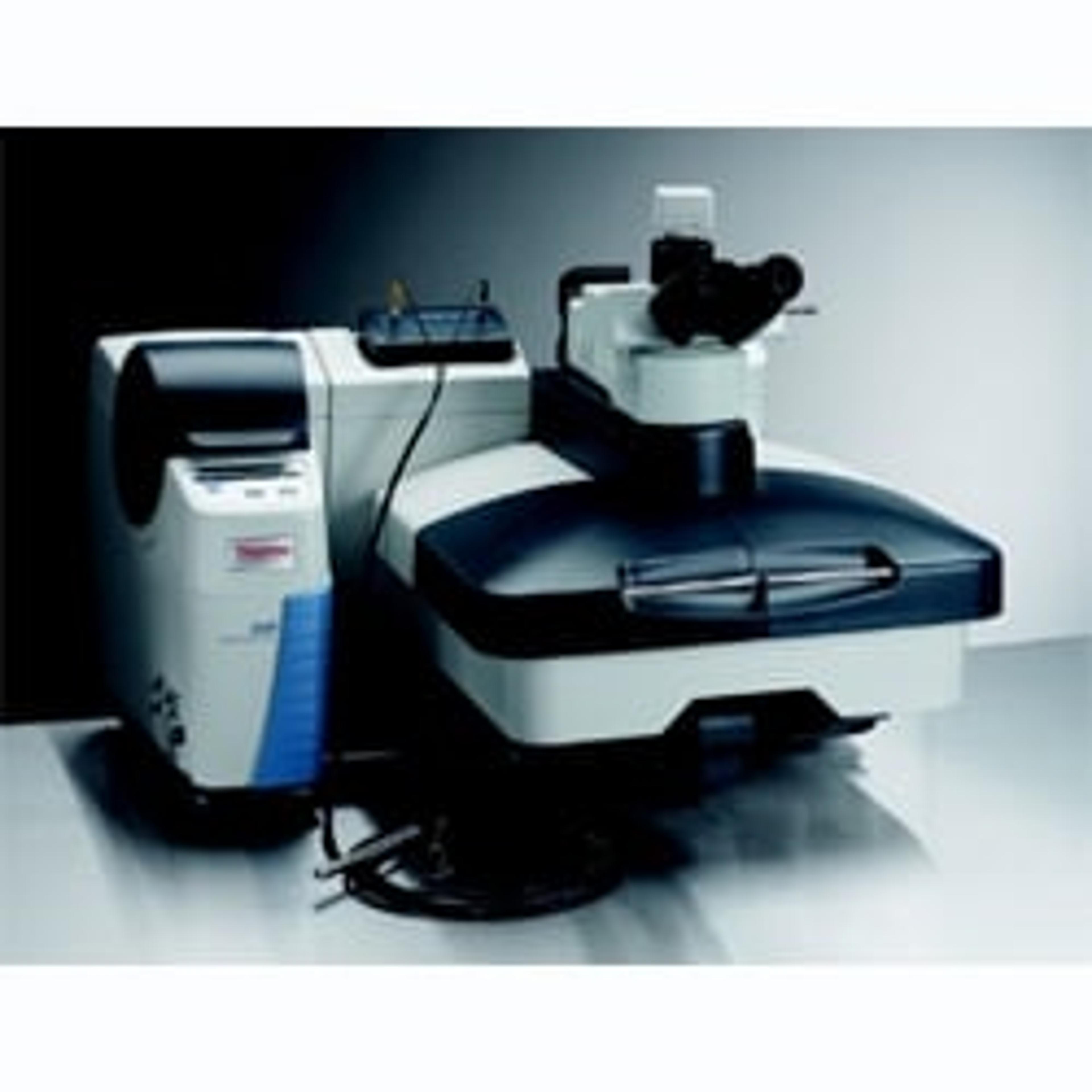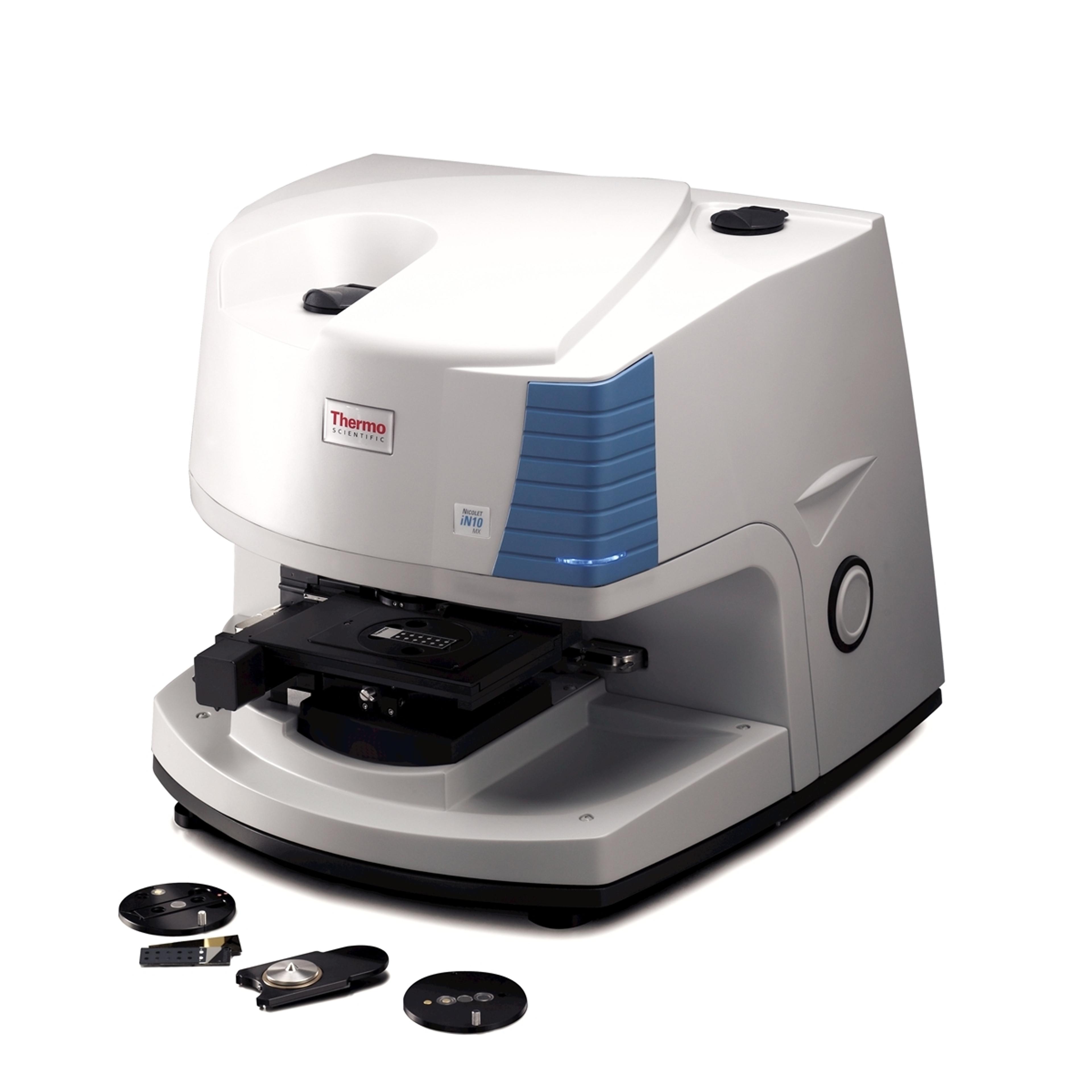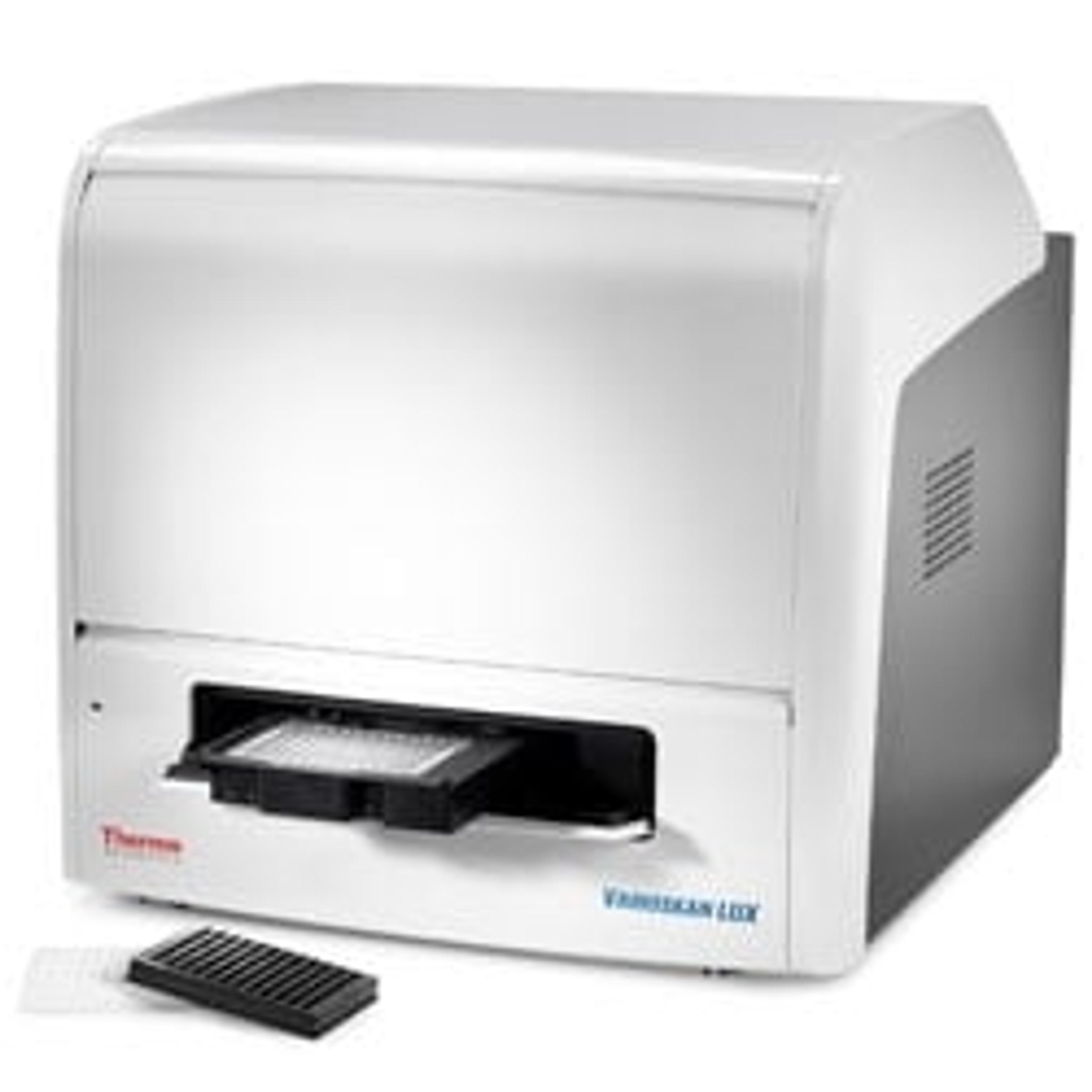Adsorption Immunoassay Plates
Surfaces for passive binding
Passive surfaces have a broad range of applications as they can bind to a variety of biomolecules.
Passive binding is primarily suited for the immobilization of medium to large-sized molecules, such as antibodies, which are capable of establishing several contact points. The exact molecular interaction sites are dependent on the specific matching of the biomolecule's structure with the polymer surface structure. A large variety of biomolecules can be immobilized on passive surfaces with good residual activity.
The family of Thermo Scientific passive surfaces vary in their degree of hydrophilicity and are organized into four different sub-groups: hydrophobic, slightly hydrophilic, hydrophilic, and very hydrophilic. A hydrophobic surface functions predominately via hydrophobic binding. As the surface is made more hydrophilic by the incorporation of oxygen-containing functional groups, electrostatic interactions can play a greater role in binding, thus influencing which types of biomolecules will bind strongly to the surface.
The schematic above is a representation of the types of biomacromolecules which can be bound to the available modified surfaces. E.g. if a lipid is to be bound the hydrophobic surface PolySorp is most suitable. Based on the physiochemical characteristics of the biomolecule to be immobilized, a surface can be chosen which is appropriate for robust binding. As is indicated in the diagram, MaxiSorp has the widest breadth of applications as it is capable of binding the greatest range of molecules.




